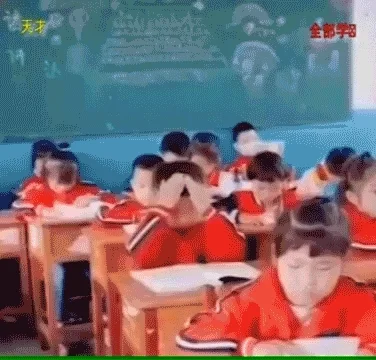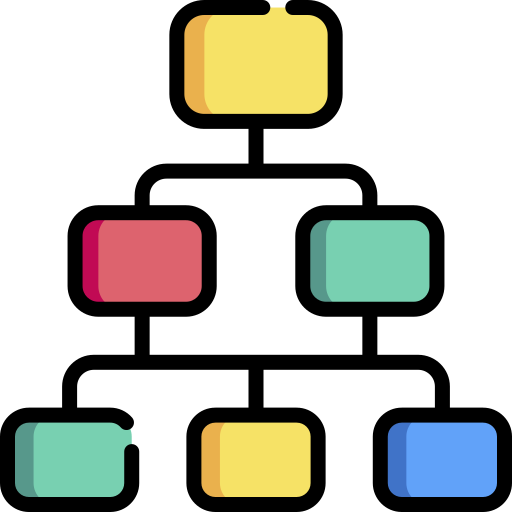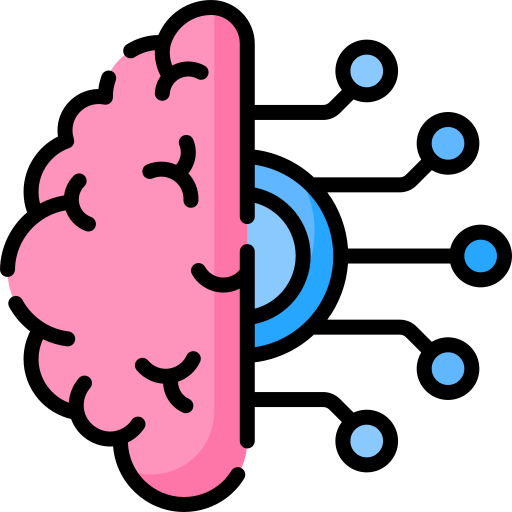
This logo isn't an ad or affiliate link. It's an organization that shares in our mission, and empowered the authors to share their insights in Byte form.
Rumie vets Bytes for compliance with our
Standards.
The organization is responsible for the completeness and reliability of the content.
Learn more
about how Rumie works with partners.
School can be overwhelming!
Do you find it difficult to organize your ideas and information from class effectively?

There's a solution: Thinking Maps!
By using graphic learning tools like Thinking Maps, you can visualize what you're thinking.

In our busy world where we often have too much information to deal with, it's super important to have skills that make things simpler, boost your creativity, and help you learn better.
Thinking Maps are like a special tool that helps us understand problems and think clearly.
Get to Know Each Map's Purpose
With practice, you'll start to learn the purpose of each Thinking Map.
Start easy and work your way up.
Look at your objective to determine the learning goal.
Consider the thinking process you're using.
Decide which Thinking Map will best link to your thinking process.
1. The Circle Map
The Circle Map helps you define something and show your understanding of a topic.
How to create a Circle Map:
Write a topic or idea in the center of your page.
Draw a circle around it.
Write (or draw) all of your ideas about this topic/idea in the circle.
Draw a wide circle around everything once you're finished.
Draw a box around everything to make your "frame of reference."
Write in the box ideas for how you know what you know and what influenced your thinking.
Quiz
Which of the following topics would be best for a Circle Map?
A Circle Map is used to help define something and show your understanding of a topic.
2. The Double Bubble Map
Use the Double Bubble to make comparisons between two subjects.
 Image courtesy of T.M. Westbrook
Image courtesy of T.M. Westbrook
How to create a Double Bubble Map:
Draw two large circles.
Write the topic names or words of the two things you want to compare in the circles.
Draw middle bubbles for the words or phrases that show similarities.
Add the outside bubbles for the words or phrases you want to contrast.
Quiz
Which key words match the purposes of a Double Bubble Map. Select all that apply:
An illustration of a comparison and contrast that shows the differences between two objects, words, or concepts is a double bubble map.
3. The Brace Map
Use a Brace Map to show the relationship between a large topic and its basic parts.
How to create a Brace Map:
Fill in the name of the relevant object on the line on the left.
Write the major parts of the object on the lines within the first brace to the right.
Write the subparts of each major portion on the lines within the following set of braces.
Quiz
Select the questions most likely to be used in a Brace Map. Select all that apply:
The brace map is used to break down parts to show and explain how every component works to form the central concept.
4. The Tree Map
Use the Tree Map to classify things and ideas.
 Image courtesy of Tammy McCauley via Pintrest
Image courtesy of Tammy McCauley via Pintrest
How to create a Tree Map:
Write the name of the category or topic on the first line.
Begin writing sub-categories underneath that across different branches.
Write particular members of the group beneath each sub-category branch.
Quiz
Which of the following words are related to a Tree Map? Select all that apply:
The Tree Map helps to organize and sort items into different groups or categories.
Give it a try!


Activity: What are the differences and similarities between Presidents George Washington and Abraham Lincoln?
Steps:
Look at the activity question to determine the learning goal.
Think to yourself: "Am I classifying, describing, defining, or comparing?"
Determine which map will make the most sense.
Quiz
Which type of Thinking Map is best to help you describe the similarities and differences between Washington & Lincoln?
The Double Bubble Map works best when comparing two subjects.
This Byte has been authored by
Helouise Leith
Teacher, Post-Graduate Student
B.Consumer Science, PGCE


 I
I Image courtesy of EdrawSoft
Image courtesy of EdrawSoft